Improving corrosion resistance in the petrochemical environment allows them to reduce the
risk of unplanned downtime
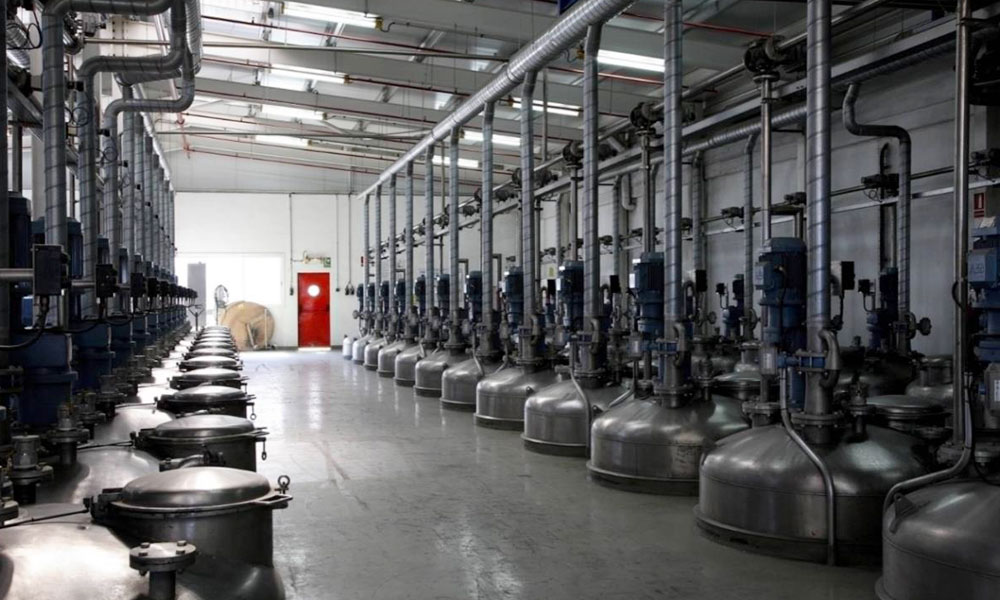
Stainless steel products in the chemical industry can meet all the needs of the chemical industry, including low-temperature applications, ultra-low temperature conductors, high-temperature applications, highly corrosive environments, high-pressure processing, low precipitates and low emissions to ensure that the high purity of the final product meets the production standards.
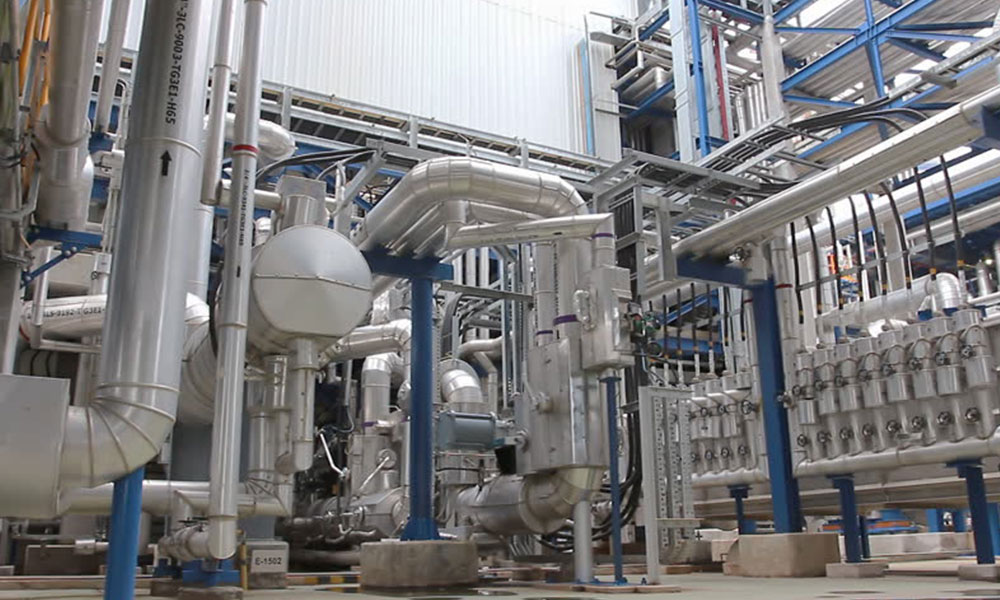
New chemical processes, strict emission regulations, raw materials with different physical and chemical characteristics and different energy sources make the requirements for production, storage and transportation processes increasingly higher. In many cases, only through the use of high-alloy stainless steel materials can meet the operating temperature and pressure.
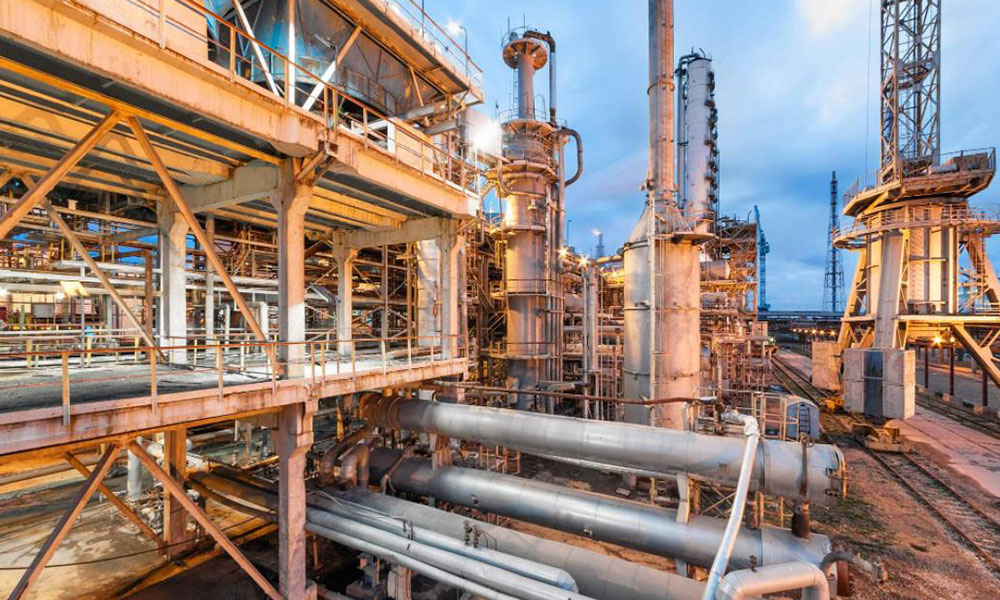
High-performance alloy stainless steel products, including elements such as chromium, titanium, nickel, aluminum and zirconium, can protect your equipment from corrosion, reduce corrosion rates, increase product life, and at the same time keep capital expenditures and operating costs within reasonable limits Inside.
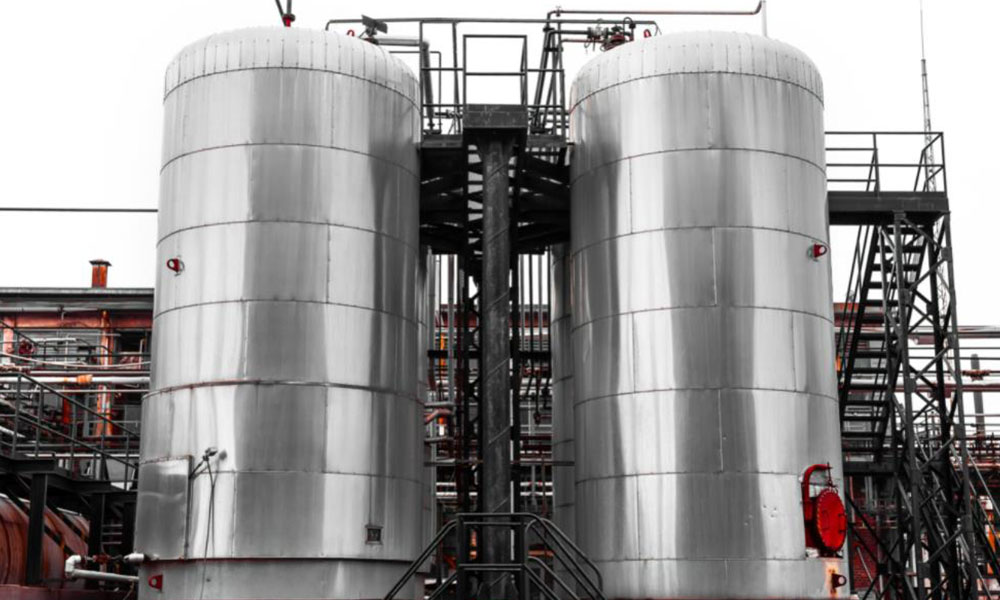
More and more customers are turning to high-strength duplex stainless steel and high-alloy stainless steel containing titanium and aluminum because this steel can improve corrosion resistance and reduce the weight of chemical storage tanks and chemical tanks.
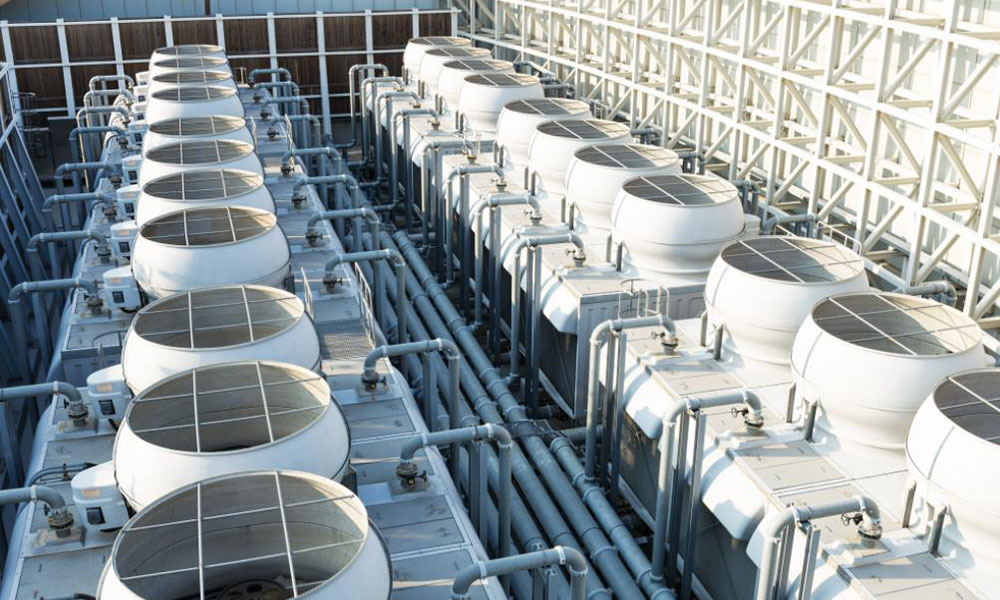
The stainless steel we provide has good workability, atmospheric corrosion resistance and acid and alkali corrosion resistance, and can withstand the erosion of most organic and inorganic compounds and maintain normal intergranular morphology and physical properties. Long-term use saves costs and Reduce your additional maintenance expenses.
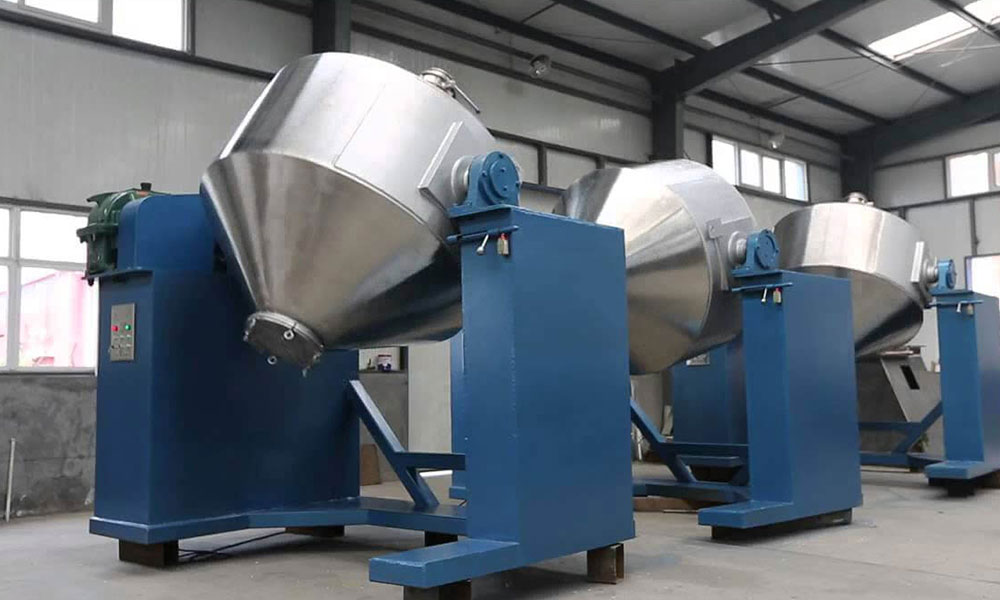
The chemical industry has extremely high requirements for acid and alkali corrosion resistance, which requires excellent material adaptability. High-alloy stainless steel products are used as accessory materials through post-processing and heat treatment such as forging and drawing. It can ensure that the service life meets the design requirements and reduce the follow-up maintenance cost of chemical enterprises